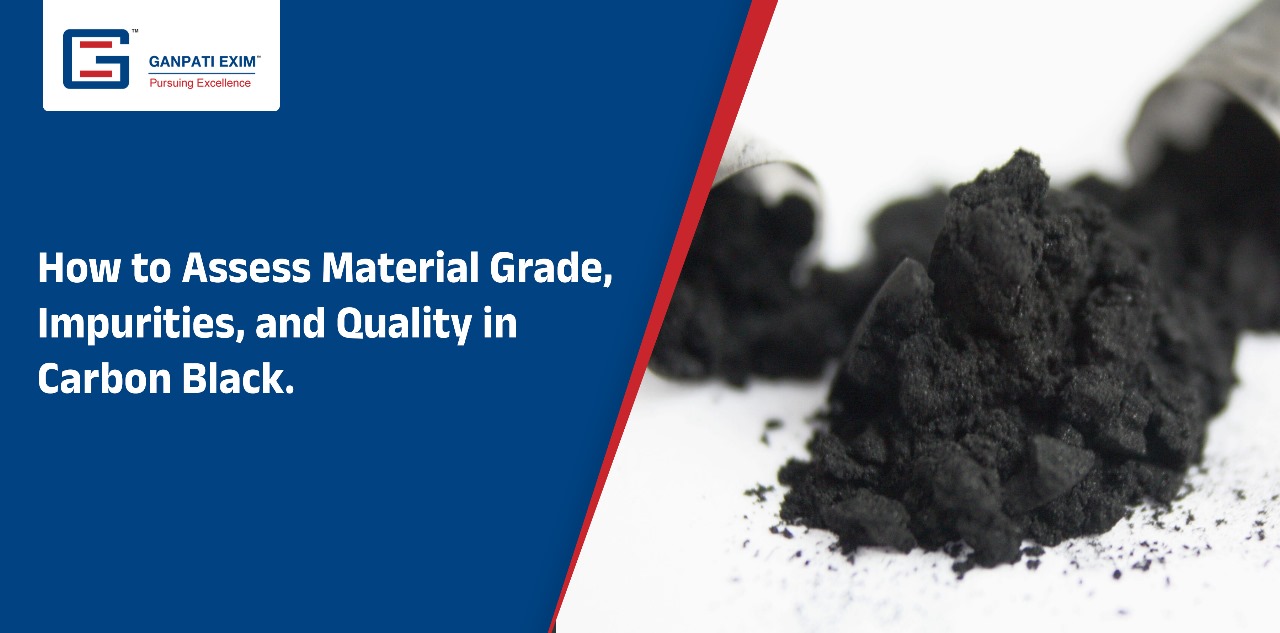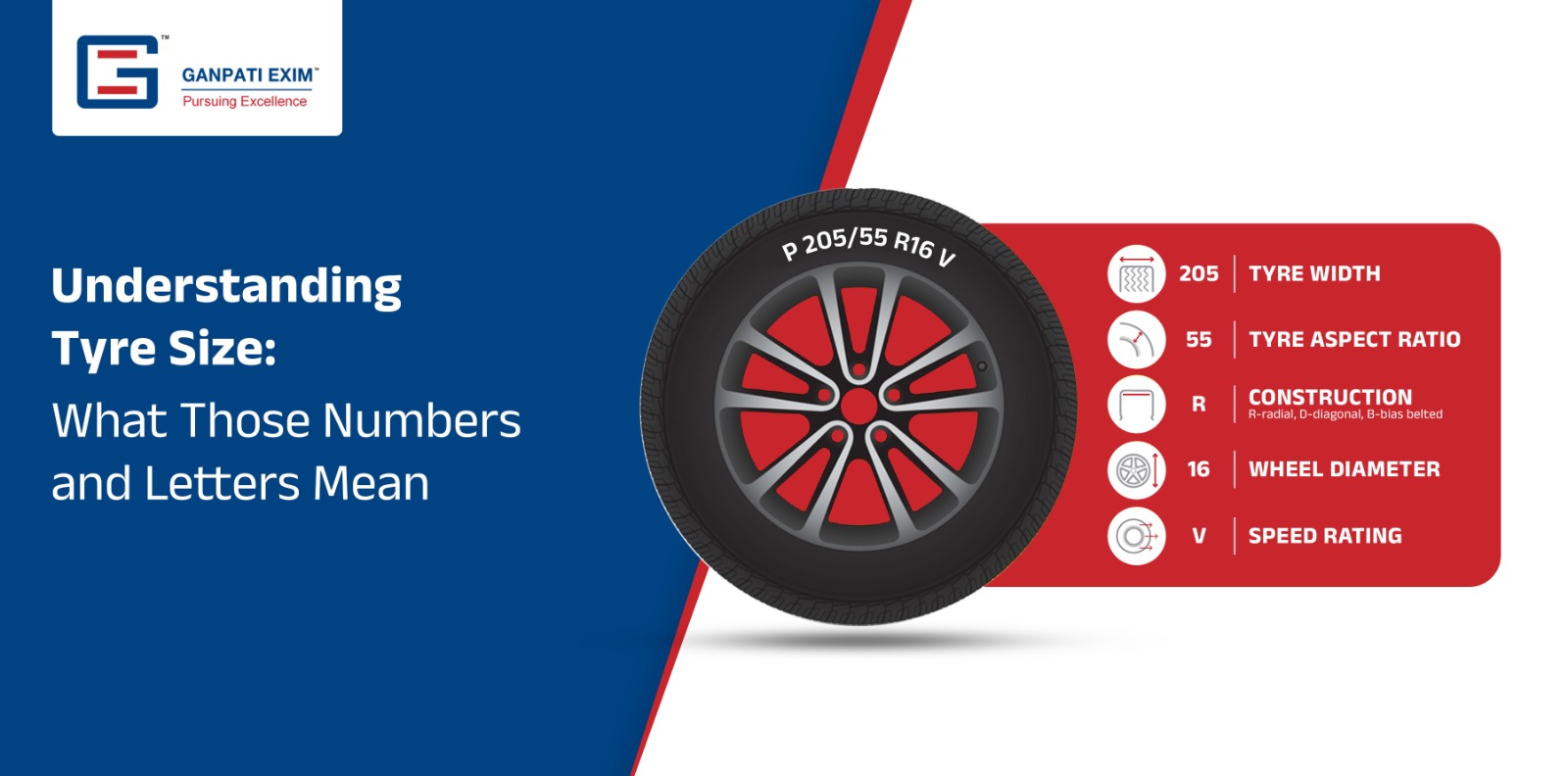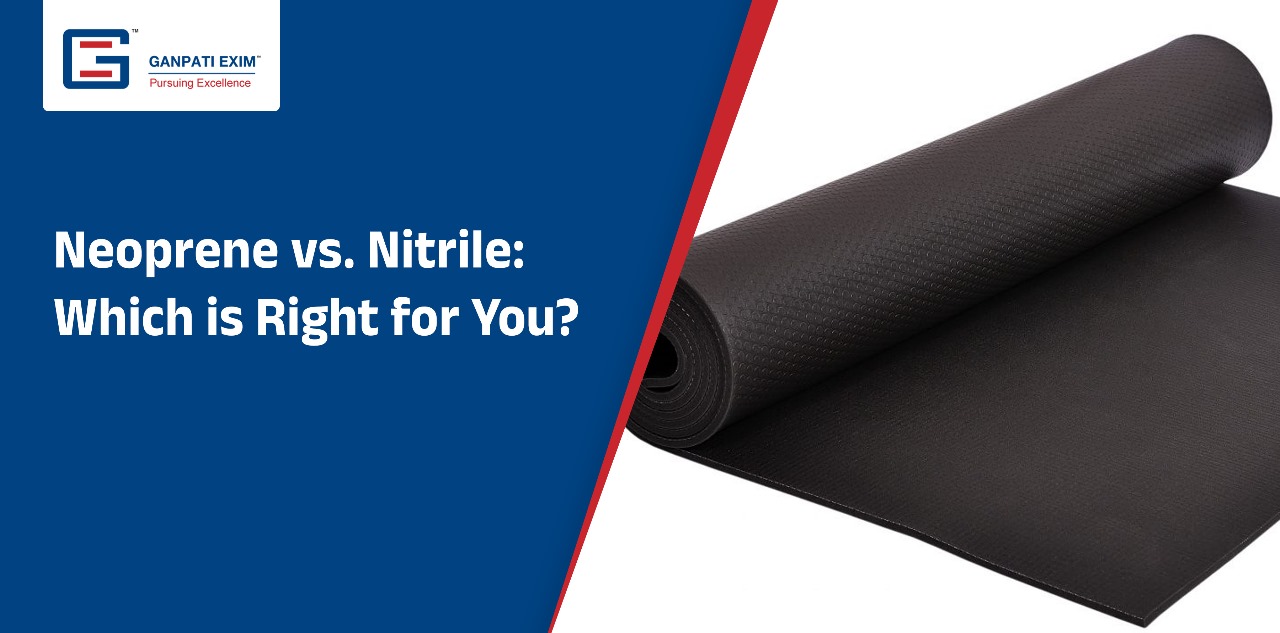
How to Check the Material Grade, Impurities, Quality in Carbon Black.
Carbon black is a vital component in various industries, from automotive to electronics. Ensuring its quality, grade, and purity is crucial for maintaining the integrity and performance of the end products. At Ganpati Exim, we prioritize delivering superior carbon black to our clients. Here’s a guide on how to check the material grade, impurities, and overall quality of carbon black.
1. Understanding Carbon Black Grades:
Carbon black is categorized into different grades based on its specific properties and intended applications. Key grades include:
N-series: Used in rubber applications, like N220, N330, etc.
M-series: Primarily for conductive and pigment applications.
K-series: Utilized in specialty applications.
2. Particle Size and Distribution:
Method: Transmission Electron Microscopy (TEM) or Dynamic Light Scattering (DLS).
Importance: Smaller particle size and uniform distribution enhance the strength and durability of the end product.
3. Surface Area and Porosity Measurements
The high surface area and porosity of carbon black contribute to its adsorption properties and reactivity. Methods like the Brunauer-Emmett-Teller (BET) analysis and mercury porosimetry can quantify the specific surface area and pore volume, respectively, providing insights into the material’s quality and suitability for various applications.
4. Tinting Strength and Color Evaluation
For applications involving pigmentation, such as inks and coatings, the tinting strength and color consistency of carbon black are essential. Colorimetry and spectrophotometry can measure the color parameters, including L*a*b* values and tinting strength, ensuring consistent coloration and opacity,
where L*a*b* values are a way to describe colors using three numbers:
L (Lightness)*: Tells how light or dark the color is, from 0 (black) to 100 (white).
a*: Tells if the color is more green or red. Negative values mean more green, positive values mean more red.
b*: Tells if the color is more blue or yellow. Negative values mean more blue, positive values mean more yellow.
5. Impurity and Ash Content Analysis
Impurities and ash content can significantly impact the performance of carbon black in various applications. Techniques like thermogravimetric analysis (TGA) and energy-dispersive X-ray spectroscopy (EDS) can quantify the levels of inorganic impurities and ash content, respectively, helping to identify potential contaminants and assess material purity.
6. Conductivity and Resistivity Testing
In applications where electrical conductivity is essential, such as conductive polymers and antistatic materials, measuring the conductivity or resistivity of carbon black is crucial. Standard methods like the two-probe or four-probe techniques can provide accurate measurements of electrical properties.
7. Mechanical Property Testing
For rubber and plastic applications, evaluating the mechanical properties of carbon black-filled compounds is essential. Tests like tensile strength, elongation at break, tear resistance, and abrasion resistance can assess the reinforcing capabilities of carbon black and its impact on the final product’s performance.
Conclusion:
Ensuring the material grade, identifying impurities, and assessing quality parameters are crucial steps in verifying the quality of carbon black. Ganpati Exim’s unwavering dedication to quality assurance encompasses meticulous inspection processes, adherence to material specifications, and collaboration with trusted partners for comprehensive analysis.
Ganpati Exim offers an extensive selection of carbon black grades, including N-220, N-234, N-326, N-330, N-339, N-347, N-375, N-550, N-650, N-660, N-772, and N-774. This comprehensive range caters to diverse application requirements, enabling customers to enhance their products with high-quality carbon black options. By prioritizing quality at every stage, Ganpati Exim continues to uphold its reputation as a trusted supplier of premium carbon black, meeting the diverse needs of industries with precision and excellence.


